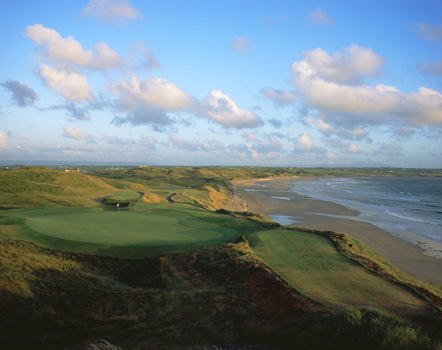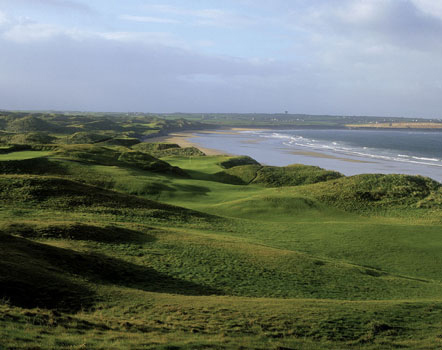A Better Way to Play in the Wind
/This is my 4th version of a wind formula and for this one I recruited Chris Broadie, engineer with PING, for his insights and ability to model shots in windy conditions. Please note that we did not merely come up with an idea and throw it out there. We both put a fair amount of our expertise and understanding into this. I hope you take the time to watch this video and learn from the formula…
Wind Data:
Gauge the wind by deciding if it’s 5, 10, 15 or 20mph. There is no need to be overly specific. Practice with an anemometer/wind meter will help calibrate the accuracy of how you gauge the wind. I use this model from Kestrel which I purchased on Amazon. Most golfers typically overestimate wind mph, but a quick weather app check will often serve as a good guide.
Headwinds: the mph of wind will be the yards to add to distance. For example, 10mph of wind adds 10 yards to the distance the shot will play.
Tailwinds: take half the mph of wind and make it the yards of distance to subtract. For example, 10mph of wind will subtract 5 yards from the distance the shot will play.
The above wind formula was created using fairly standard launch and spin conditions for everyday golfers. Keep in mind that wind performance is highly sensitive to trajectory and a higher trajectory will always lead to greater wind effect. Also, please keep in mind this is a rule of thumb to help you make better informed club selection choices. I am confident in it being fairly accurate for most golfers.













